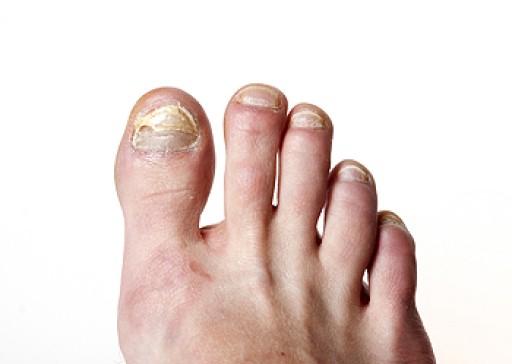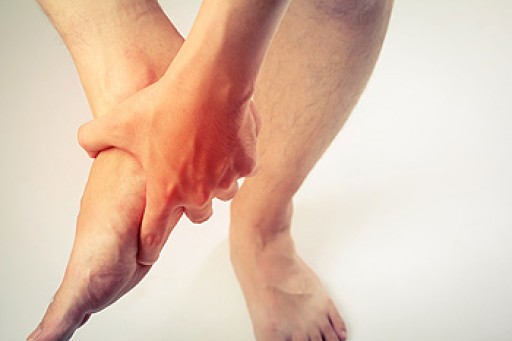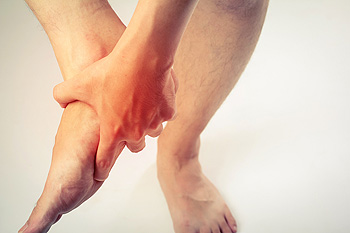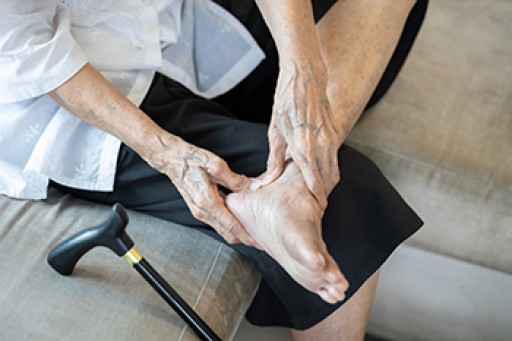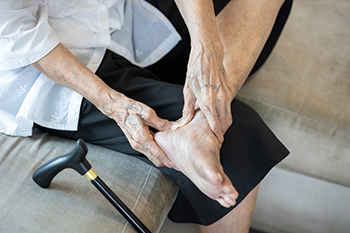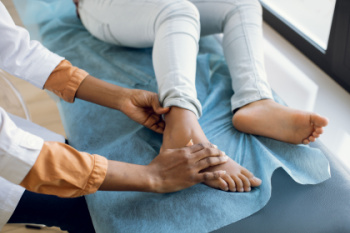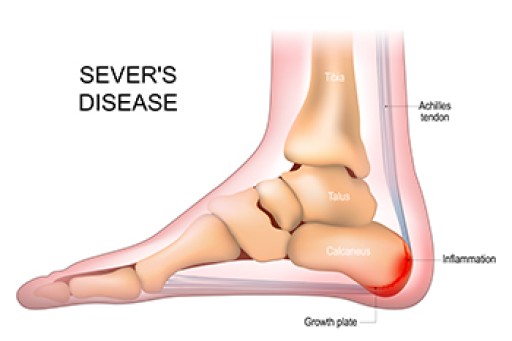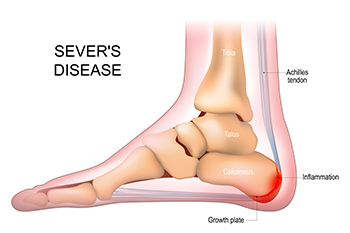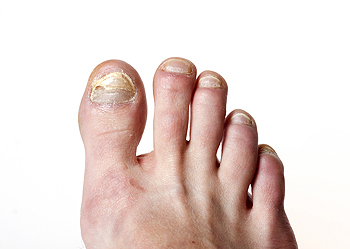
Toenail fungus, or onychomycosis, is caused by fungi that invade the nail bed, leading to thick, discolored, and brittle nails. Symptoms often include yellow or white streaks under the nail, a foul smell, and in severe cases, pain or detachment of the nail. Thickened toenails can also result from trauma, poor circulation, or other medical conditions. If you notice significant discoloration, pain, or the nail lifting from the bed, it is important to consult a podiatrist, as persistent or severe infections often require medical attention. This type of doctor can provide prescription antifungal medications or recommend laser therapy, depending on the severity of the condition. If you have toenail fungus or thick toenails, it is suggested that you schedule an appointment with a podiatrist for a comprehensive evaluation and effective treatment options.
For more information about treatment, contact one of our podiatrists of Greater Boston Foot Care, PLLC. Our doctors can provide the care you need to keep you pain-free and on your feet.
Toenail Fungus Treatment
Toenail fungus is a condition that affects many people and can be especially hard to get rid of. Fortunately, there are several methods to go about treating and avoiding it.
Antifungals & Deterrence
Oral antifungal medicine has been shown to be effective in many cases. It is important to consult with a podiatrist to determine the proper regiment for you, or potentially explore other options.
Applying foot powder on the feet and shoes helps keep the feet free of moisture and sweat.
Sandals or open toed shoes – Wearing these will allow air movement and help keep feet dry. They also expose your feet to light, which fungus cannot tolerate. Socks with moisture wicking material also help as well.
If you have any questions please feel free to contact our office located in Plymouth, MA . We offer the newest diagnostic tools and technology to treat your foot and ankle needs.
